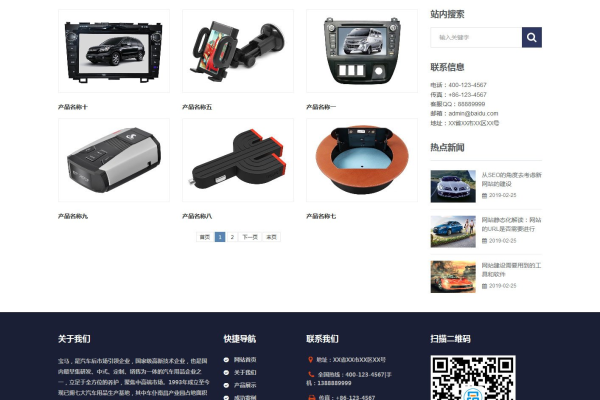E-MapReduce产品性价比如何评估?
- 行业动态
- 2024-09-10
- 5
E-MapReduce(EMR)是阿里云提供的一种大数据处理服务,它能够让用户在云端运行开源的大数据处理框架,如Hadoop和Spark,性价比高的E-MapReduce产品规格通常意味着在成本和性能之间找到了一个平衡点,能够满足用户的业务需求同时控制开支。
基本配置
1. 计算节点
vCPU:4核以上
内存:16GB以上
存储:高效云盘或SSD云盘,容量视具体业务需求而定
网络:专有网络VPC,保障数据安全和网络稳定性
2. 主节点
vCPU:8核以上
内存:32GB以上
存储:高效云盘或SSD云盘,建议不低于500GB
网络:同上
3. 任务节点
vCPU:8核以上
内存:32GB以上
存储:根据实际数据处理需求选择
网络:同上
高级配置
1. 高可用性
多副本存储,确保数据不丢失
故障切换机制,保证服务的连续性
2. 自动伸缩
根据业务负载自动调整计算资源,优化成本
支持按时间、按指标等多种策略进行自动伸缩
3. 安全性
VPC隔离,确保网络安全
支持Kerberos认证,加强集群安全
支持SSL/TLS加密,保护数据传输安全
性价比分析
| 配置项 | 基础版 | 高级版 |
| vCPU | 4核 | 8核 |
| 内存 | 16GB | 32GB |
| 存储 | 高效云盘 | SSD云盘 |
| 网络 | VPC | VPC |
| 高可用 | 否 | 是 |
| 自动伸缩 | 否 | 是 |
| 安全性 | 基本 | 高级 |
相关问题与解答
Q1: E-MapReduce是否支持跨区域部署?
A1: 是的,E-MapReduce支持跨区域部署,用户可以根据业务需求将计算资源分布在不同的地理位置,以优化访问速度和满足数据合规要求。
Q2: 如果业务增长导致现有EMR资源不足,我应该怎么办?
A2: 如果业务增长导致现有EMR资源不足,可以通过EMR的自动伸缩功能动态增加计算资源,也可以手动升级集群配置,增加更多的计算节点或提升现有节点的配置。













